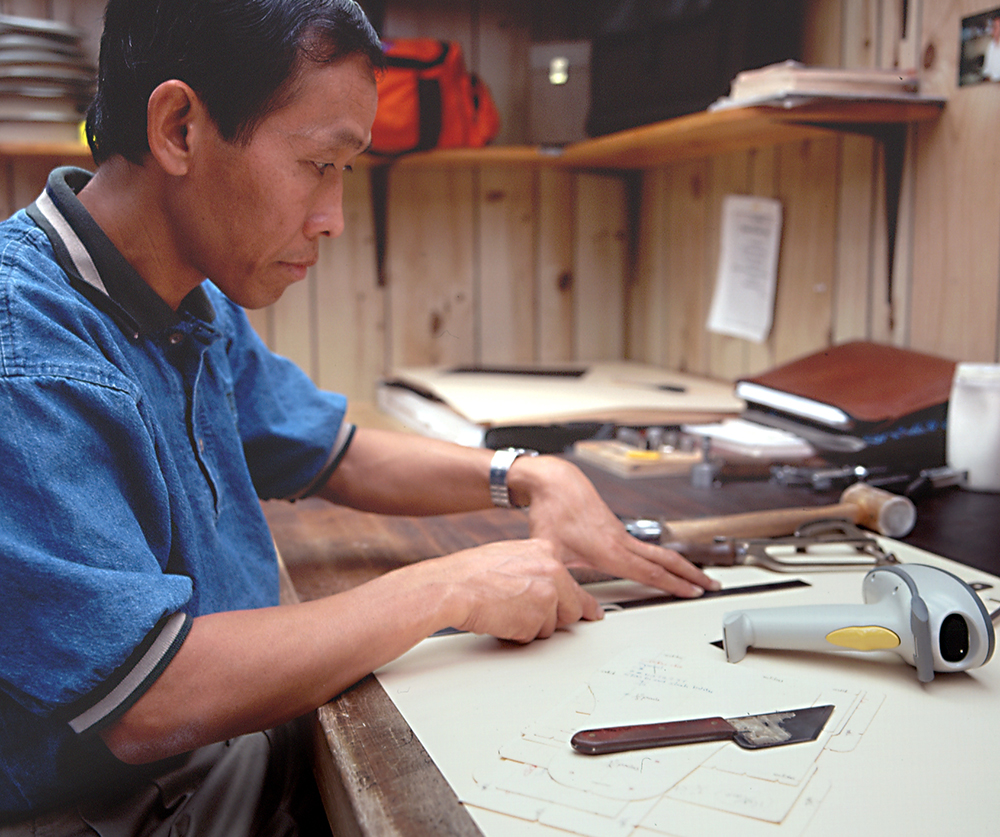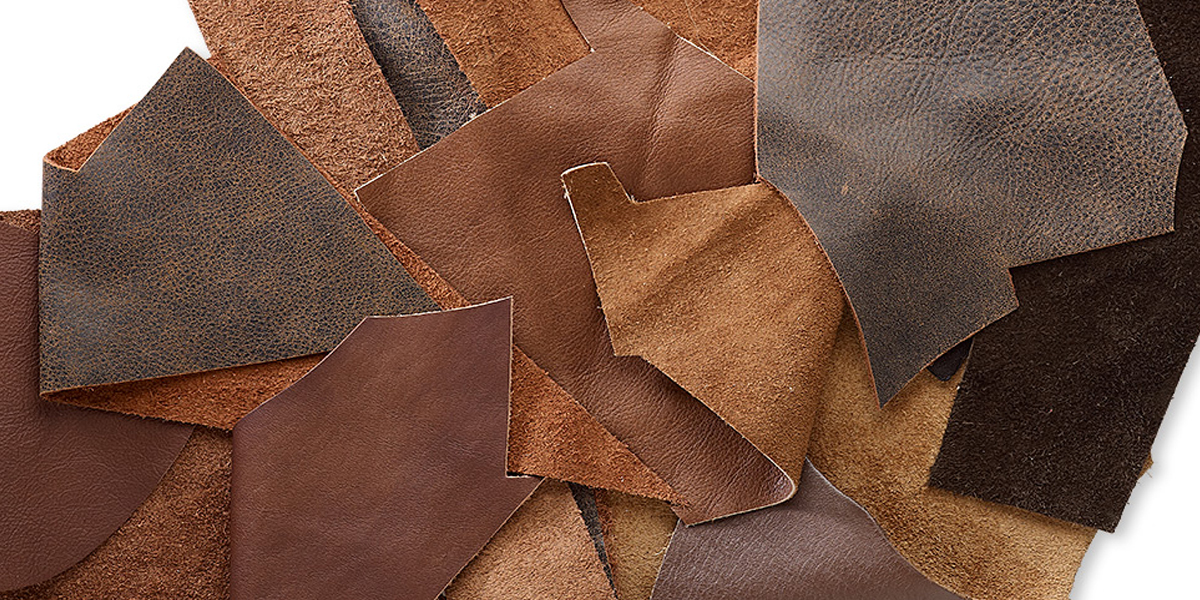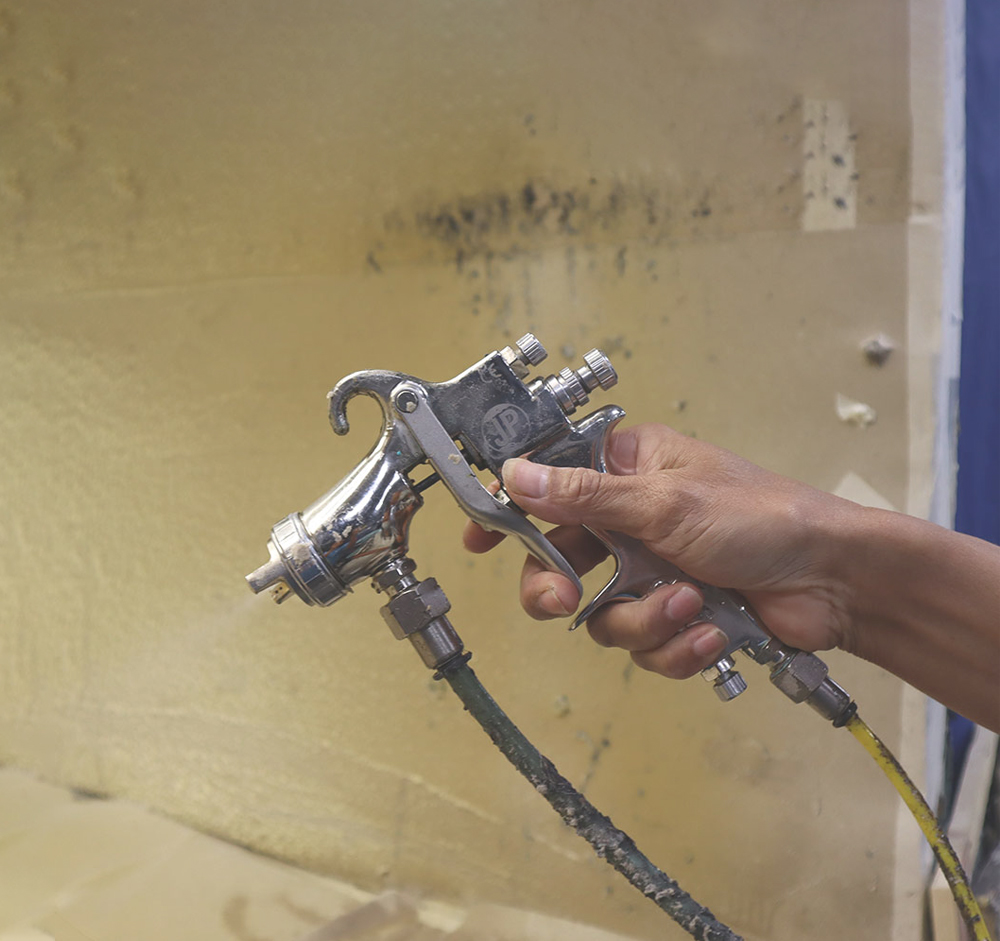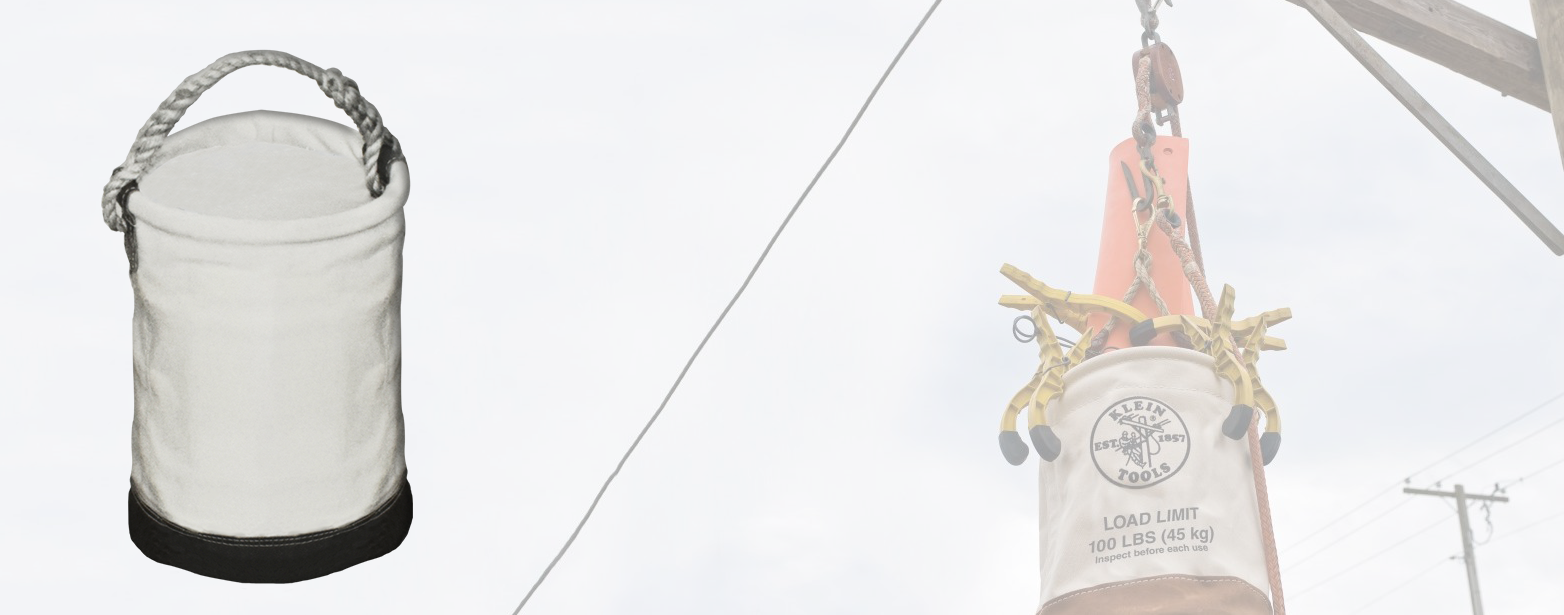Diversity Brings Growth (part 4)
This has become AGORA way of designing products for our customers.

Nam came to the U.S, as a refugee from Cambodia. While in Cambodia, he had to leave school to become a farm help, and no education to fall back on. His father had a rice mill and his mother had a tailoring business. He had some background in sewing, just by watching and helping his mother.
He learned to design and hand-craft prototypes at this first job in the U.S. He was our designer. Backed by our self-taught designer and can-do attitude, we accepted all challenges and talked to customers about their wish-list of products. Nam always delivered the customer’s vision. He also made sure to add a couple of extra features that enhanced the product. Our customers loved it. Being in the learning phase, we made two identical prototypes – one sent to our customer and the other was kept for our reference. This twin-prototype method served a couple of purposes: 1) if the customer approved the design, our reference prototype became our production sample 2) if the customer requested additional design changes, we would then discuss those changes with our customer, while both parties had the exact prototype in hand. This made sure that we and our customer were always on the same page.
These ideologies have since become the hallmark of our design process. We adhere to these design principles to this day. This is the AGORA way of designing products ‘with and for our customers’.





